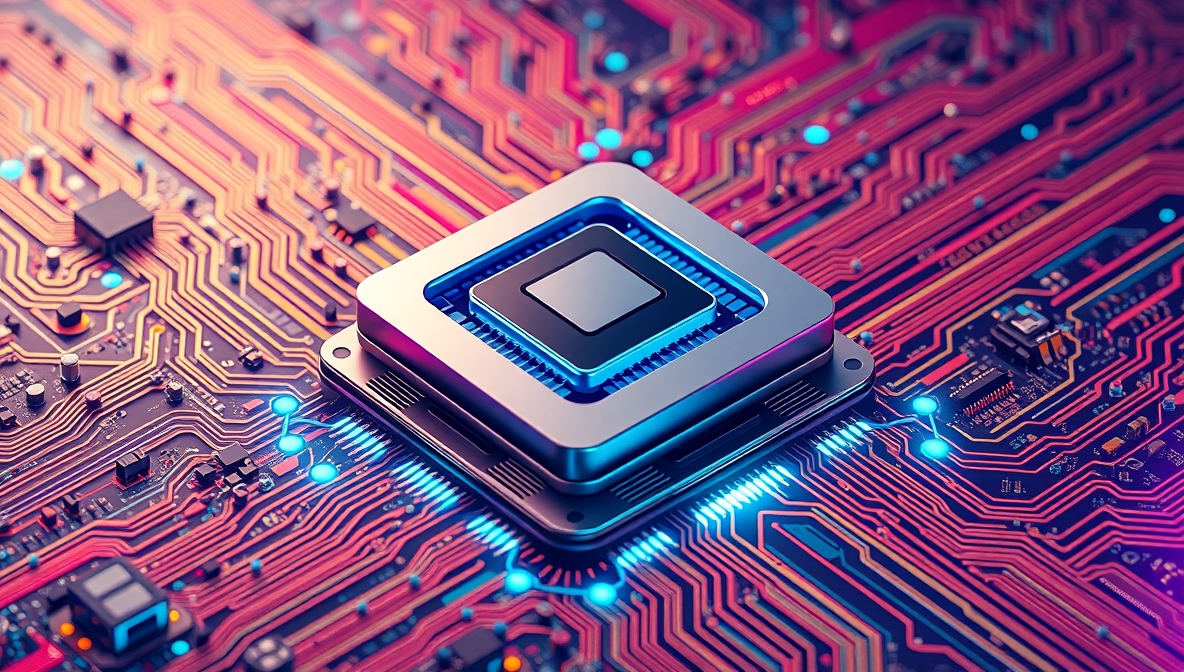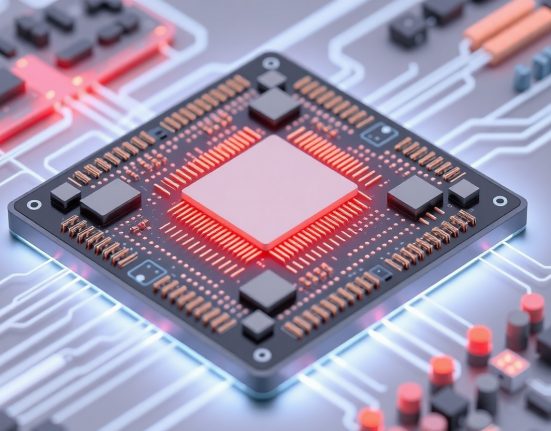AMD celebrated another successful month in the ongoing battle against Intel (Intel), which of course focuses on processor sales. Once again, it became clear that at least recently in many places, there are many users who prefer AMD desktop processors, and one of the proofs of this is Amazon’s monthly processor sales chart in the United States during last March – the company led by Pat Gelsinger sold about 7,500 processors compared to more than 31,600 AMD processors.
In percentages, this means that Lisa Su’s company was responsible for about 78.75% of Amazon US processor sales, which translated into sales worth about $7.8 million, compared to only about $1.5 million generated by Intel processors. This gap represents not only the numerical advantage in sales but also AMD’s success in selling processors at higher price points, indicating growing consumer confidence in its premium products.
This is a continuation of a trend that began to establish itself in the second half of 2024, when AMD’s Ryzen processors began to capture a growing market share among private consumers. Industry sources attribute the success to a combination of high performance, improved energy efficiency, and more attractive monetary value for home users and gamers. Additionally, the new architecture of the Ryzen 9000 series launched in late 2024 has demonstrated significant advantages in parallel processing, which is particularly attractive to professional users.
Among the new Ultra Core processors that Intel recently launched, only one managed to enter the list showing all processors from which 50 or more units were sold, and that is the Core Ultra 7 265K, which sold just over 500 units. This figure raises questions about the success of Intel’s new Ultra architecture among private consumers, especially given the company’s large investment in developing the new architecture. Industry sources report that Intel is facing challenges in the production processes of Ultra processors, which makes it difficult to supply the market regularly and may partially explain the low sales.
Intel’s first processor on the list is in fourth place, the Core i5-12400F, which sold at an average price of $116 – an Alder Lake processor without a graphics chip. The fact that an older generation processor is the leader in Intel’s sales indicates high price sensitivity among consumers. It’s also possible that many users upgrading older computers prefer to choose more established processors in the market instead of the newest generations, especially given the teething problems that sometimes characterize new processors.
The processor leading the list is the ‘3D’ Ryzen 7 9800X3D processor launched in November 2024, which sold in quantities of more than 6,000 units at a price of $479, followed by the much more modest Ryzen 5 5500, which sold like Intel’s processor more than 3,000 units but at a price of only $83. In third place, with similar sales, is the Ryzen 7 7800X3D at an average price of $399. The success of X3D processors highlights the importance of the 3D V-Cache memory technology developed by AMD, which provides a significant advantage in game performance and applications requiring fast memory access.
Another interesting detail is that the Ryzen 5 5500, which is based on the Zen 3 architecture from 2020, still manages to sell in high quantities, indicating the positive reputation AMD has built among consumers looking for reasonably priced solutions. In comparison, Intel struggles to find the right place in this market, with even its mid-range processors perceived as less cost-effective relative to their price.
Market experts note that AMD has succeeded in the past year in capturing market share at all price levels – from basic processors at affordable prices to premium gaming processors. The 3D V-Cache technology developed by the company is proving to be a particularly effective solution for gamers’ needs, which is reflected in the clear leadership of processors like the 9800X3D. Surveys among gaming communities show a 15-20% performance improvement in popular games compared to equivalent Intel processors, a significant factor in the purchase decision.
Beyond the direct sales data, it’s interesting to note that motherboard manufacturers are also reporting increasing demand for products supporting AMD processors. Leading manufacturers such as ASUS, MSI, and Gigabyte have significantly expanded their offering of motherboards in AMD’s AM5 and AM4 platforms, while improving features and compatibility with the new processors. This fact completes the overall picture of a gradual but consistent shift towards solutions based on Ryzen processors.
Intel, for its part, recently announced plans to expand its Ultra Core processor line in the second half of 2025, with an emphasis on improving performance and energy efficiency, in an effort to recapture market share lost to the competitor. Sources close to the company note that the next generation of Intel processors will focus particularly on improving performance per unit of electricity, an area where AMD currently enjoys a clear advantage. Intel is also planning a more aggressive pricing strategy in an attempt to convince consumers to return to its products.
In an official response to the sales data, an AMD spokesperson noted that “we are pleased to see growing consumer confidence in our products, reflecting our commitment to innovation and the value we provide to our customers.” Intel stated that “the company continues to focus on developing innovative solutions that offer improved performance, and it is confident in its ability to provide unique value to consumers through the new Ultra processors.”
It remains to be seen whether the current trend will continue throughout the year, or whether Intel will manage to make a change with the launch of new processors. Meanwhile, the intense competition between the two companies continues to lead to accelerated innovation and falling prices in the processor field, which ultimately benefits computer consumers worldwide.














